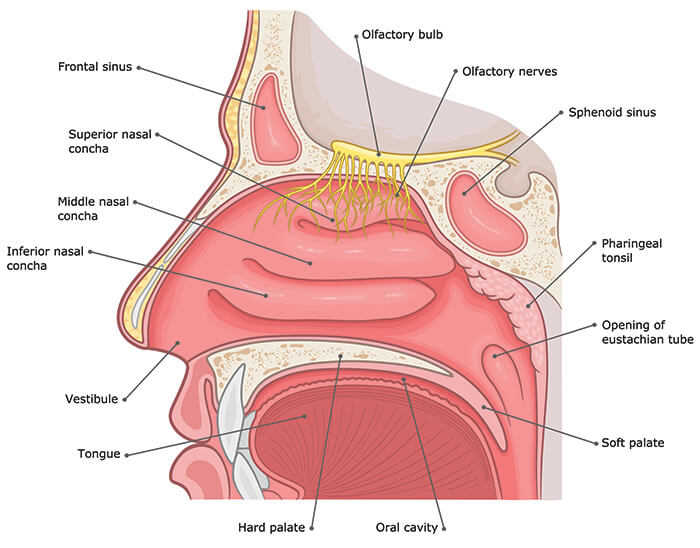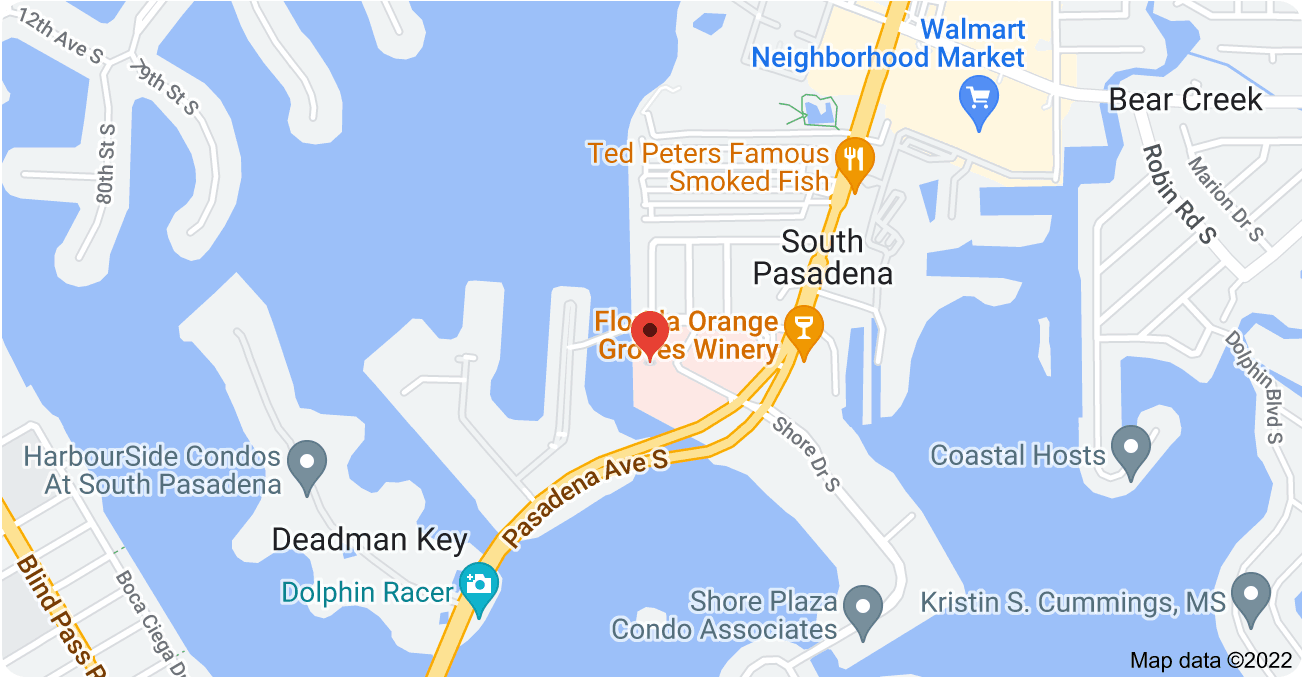Home » Our Services » Nasal Breathing
Nasal Breathing
What is Nasal Breathing?
Breathing through your nose is an essential part of life and plays a key role in being able to function, exercise and sleep. More than 20 million Americans are affected by nasal airway obstruction, or difficulty breathing through the nose. Nasal obstruction can significantly impact a person’s quality of life including their ability to feel comfortable, sleep well, and exercise. Difficulty breathing through the nose at night can also cause snoring to worsen. Nasal obstruction can be caused by multiple different problems and it is extremely important to identify the problem area in order to achieve the best nasal breathing possible.
The nasal cavity extends from the nostrils to the back of the nose where it meets the top of the throat. The nasal airway includes structures such as the nasal lining, nasal septum, nasal turbinates and nasal valves which all affect air flow through the nose. Any of these structures can have problems which lessen the ability to breathe through the nose.
The nasal lining serves to warm and humidify the nasal cavity as well as produce and control mucus. Allergies or inflammation can cause swelling and excess mucus production in the nose. If the nasal lining is swollen it can cause congestion and difficulty breathing through the nose. It is normal for the nose to produce mucus but If excess mucus is produced, or the mucus becomes too dry or thick it can also cause a runny nose or postnasal drip. Allergies and inflammation can often be treated with medicines which can reduce swelling of the nasal lining and mucus production.
The nasal septum is the middle part of the nose that separates the two sides of the nose. It is made of cartilage and bone that is covered by nasal lining on both sides. If the nasal septum is crooked or has a hole in it then it can affect the airflow through the nose which can cause difficulty breathing. This structural problem cannot be fixed by medicines alone and surgery to straighten or repair the septum is often needed to make nasal breathing as good as possible.
There are usually three nasal turbinates in each side of the nose. Turbinates are similar to airplane wings and are attached to the sides of the nasal cavity. They function to warm, humidify and accelerate the air we breathe and are extremely important to nasal function. The bottom, or inferior, turbinate is the most important for nasal breathing, although all of the turbinates can affect the breathing to some degree. If the inferior turbinate is too large or too swollen it can cause nasal obstruction. In this situation, the turbinate needs to be reduced or recontoured in order to improve nasal breathing.
The nasal valve is the narrowest part of the nasal airway and is the most important structure for nasal breathing. It is created by the meeting point of the inferior turbinate, the nasal septum and the nasal sidewall. Nasal valve collapse is a condition when the nasal sidewall collapses when you breathe in causing nasal obstruction and difficulty breathing. Although the nasal valve can be opened by reducing the nasal turbinate or correcting septal deviation, sometimes those techniques are not enough and we have to strengthen the nasal sidewall to improve breathing. The surgical procedure to strengthen the nasal valves using things like cartilage grafts is often referred to as a “functional rhinoplasty” which can be very effective in improving nasal breathing. Other techniques to strengthen the nasal valve include using dissolvable implants like the Latera device which is a minimally invasive procedure that can produce long term results.
Breathing, and specifically nasal breathing, is absolutely essential to feeling comfortable, functioning well, and having a good quality of life. Difficulty breathing through the nose is not normal but can most often be improved by identifying and addressing the specific cause or causes. If you have difficulty breathing through your nose, you should discuss this with your doctor and have a thorough physical exam performed to identify the causes of nasal obstruction in your nose. Even if you have had treatment for nasal obstruction in the past, there may be ways your nasal breathing can be further improved.
If trouble breathing through your nose affects your life, call us today for a consultation!




